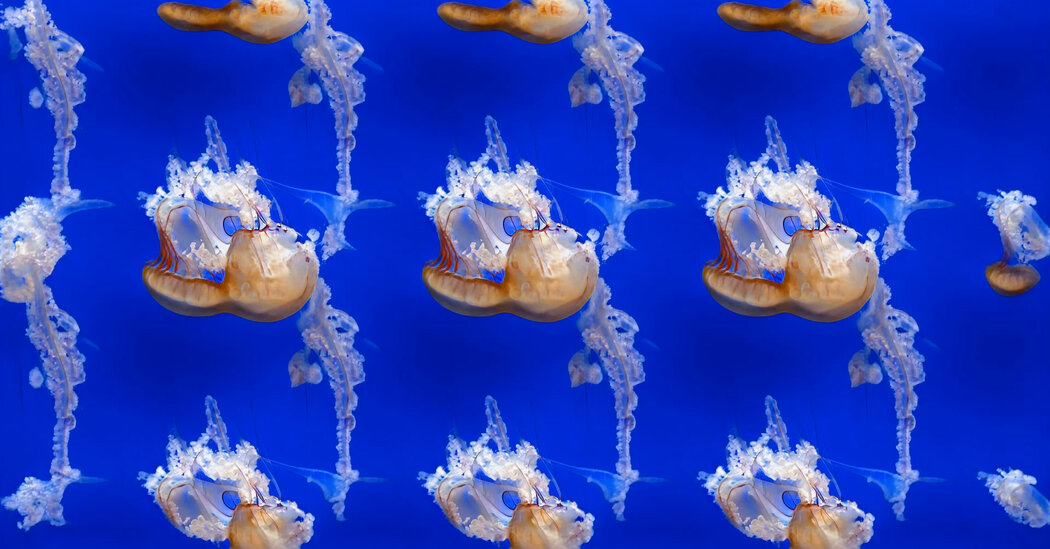
Ambient music has always contained a kind of subterranean knowing. The British musician and critic David Toop, who wrote “Ocean of Sound,” the defining 1995 text on the music, recently argued that it has become severed from the philosophical qualities suggested during its genesis in the 1970s. Back then, ambient represented an alternate protocol for listening and music making. In a 2019 essay, Toop refers to it as a musical form “committed (implicitly or explicitly) to an engagement with interpretations and articulations of place, environment, listening, silence and time.” In his view, it is music that inspires “a state of mind attuned to inclusivity,” rather than “withdrawal.”
And yet, the dominant vision of ambient music today is a cartoonish inversion of these aspirations. In a multibillion-dollar wellness industry, streaming platforms and meditation apps frame ambient as background music — something for detached listening and consumption. It is spa and yoga music, or field recordings for undisturbed, restful sleep. Instead of embracing ambient’s potential — its capacity to soften barriers and loosen ideas of sound, politics, temporality and space — the music has become instrumentalized, diminished into sound-as-backdrop.
It is a funny thing to think about ambient music as utility, as if it is something that allows for selective engagement. Like the musician Lawrence English wrote, “To ignore music is not to listen to it.” Rather, experiencing ambient music — to allow its political, philosophical and oppositional knowledge to become visible — requires a full use of the senses. It means tapping into the sensorial vitality of living: the tactile, spatial, vibrational and auditory experiences that being human affords us.
The experimental music pioneer Pauline Oliveros foresaw how a sensorial approach to music and listening could cultivate politically dynamic thinking. She spent her life developing a theory of deep listening, a practice that promotes radical attentiveness. In this approach, there is a distinction between hearing versus listening; the former is a surface-level awareness of space and temporality, and the second is an act of immersive focus. “Deep Listening takes us below the surface of our consciousness and helps to change or dissolve limiting boundaries,” she wrote in 1999. “Listening is directing attention to what is heard, gathering meaning, interpreting and deciding on action.”
In 1974, in response to the tumult of the Vietnam War, Oliveros published a series of text-scores called “Sonic Meditations,” a precursor to her deep listening theory. The project explores how body-centered sound exercises can foster focused perception. Oliveros developed “Sonic Meditations” from gatherings of women she organized at her home. In these meetings, the group, which emerged in the context of the women’s liberation movement, would do breathwork, write in journals and practice kinetic awareness exercises each week. The experience was designed to be collective, using intimacy and introspection to nurture a sense of healing.
I practiced deep listening with my “if you need to breathe” playlist, especially with the new-age innovator Laraaji’s composition “Being Here.” It is hard to pinpoint exactly when “Being Here” clicks: maybe it’s at the 10-minute mark, or the 15-minute mark or even at its beatific, 25-minute close. Laraaji, who has been releasing music since the late 1970s, produces aural glossolalia — divine, luminescent melodic debris. Listening to his music, I am held in an unspoken embrace with his vision of the present, notes refracting like sunlight caressing the azure waters of the ocean. This is music that curls into the ears, mutating into an imagined Elysium, stopping time and space. It’s not just scenery, not a simple balm for immeasurable pain.




